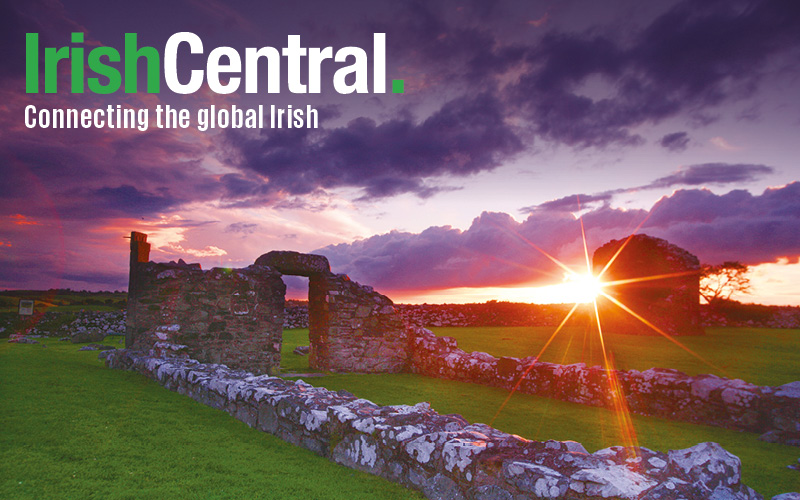- Robert Sullivan / How I found my family with the 1911 Census / Click here
- Niall O'Dowd / I found my family, now you can find yours / Click here
A whopping 9 million people have visited Ireland's online census since it was launched in 2007, and there have been 1.39 million new visits to the site since August alone when all 32 counties were added to the database.
There were 200,000 visitors alone to the 1911 census website last November. The largest number of international visitors came from Britain (90,000) followed by the U.S. (22,000), Europe (10,500), Canada (10,000) and Australia (8,500).
The numbers point to the popularity of online access to genealogy.
Indeed, the National Archives say that that in comparison, there were only a couple of hundred visits to the physical archive when it was stored offline in Dublin.
Senior archivist Catriona Crowe said there was no doubt that the project had been an outstanding success.
She said the numbers from Britain showed the enormous interest in Irish roots there. "There's a big interest in Irish roots," she said, primarily because of a popular TV show called, "Who Do You Think You Are?"
The 1911 census website is free to visitors and was a joint project with Canada's National Library that cost €4m ($5.8m). The Canadians are world leaders in digitization.
Crowe said the project was great value given the numbers of records they were able to get online. And she said it would be a huge boost for future tourism in Ireland.
"We're collaborating with Tourism Ireland to try to encourage roots tourism, so that people will come to visit the country of their ancestors," she said.
The Archives will make the 1901 census records freely available on the site this year.
However, these are the only surviving full censuses open to the public.
The records from 1821, 1931, 1844 and 1851 were lost in the destruction of the Four Courts in Dublin during the Civil War.
And, incredibly, British authorities destroyed the census records of 1861, 1871, 1881 and 1891 because they believed there were other copies available.




Comments